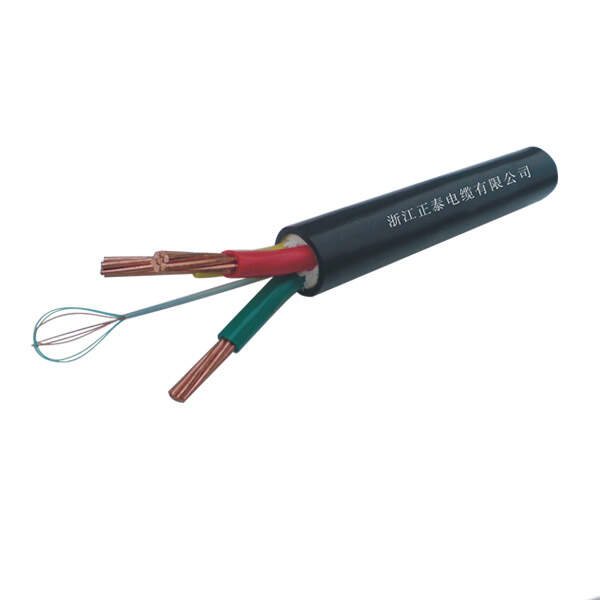



1 Standard
The manufacturing of OPLC adopts the standard of Q/EPRI 038-2011 “Technical Requirements
of OPLC”,and the corresponding technical requirements can meet the standard of the enterprises.
2 Scope of application
The rated power frequency voltage of the cable is 0.6/1kV or lower than this level. It is also applicable in optical fiber inserting smart grid and network integrating and so on.
3 Features
The OPLC adopts the current LV cable as the main body, and successfully inserts the optical fiber unit in the edge gap of the cable. The most obvious characteristics of the OPLS are as following 4 points:
Firstly, OPLC integrates the function of both optical fiber and power cable, which can avoids the repeat wiring, and reduce the cost of construction and network setting up as well. Compared to the conventional installation type, using the OPLC as the solution of smart grid user connecting into the network can save a large amount of metal, pipes, plastic materials and so on, and effectively reduces the cost to getting into the communities and end users.
Secondly, the flexibility and extension of OPLC is very large. Use the OPLC coordinating with relative equipments and devices, can realize running various business at the same time in one cable, such as, IPTV, Internet connection, MMTel, speech communication, home smart wattmeter and so on.
Thirdly, the mechanical performance of OPLC is also very remarkable, such as shock resistance, pressurization, and environment adapting. And complicated ambient situations have been considered into the initial research and design. The performance of the OPLC in the tension, flattening, and impact test carrying out according to the GB/T7424--E1、E3、E4 are all qualified and better than the basic requirement.
Last but not least, since the service time of the OPLC is very long, the compatibility of the working temperature between optical unit and power unit is a very important problem. According to the F1 test per the method in GB/T7424, the optical properties reflected from the experiment are all qualified to the requirement in YD/T629, and the electrical properties are qualified to the standard in GB/T12706.1.
1 Standard
The manufacturing of OPLC adopts the standard of Q/EPRI 038-2011 “Technical Requirements
of OPLC”,and the corresponding technical requirements can meet the standard of the enterprises.
2 Scope of application
The rated power frequency voltage of the cable is 0.6/1kV or lower than this level. It is also applicable in optical fiber inserting smart grid and network integrating and so on.
3 Features
The OPLC adopts the current LV cable as the main body, and successfully inserts the optical fiber unit in the edge gap of the cable. The most obvious characteristics of the OPLS are as following 4 points:
Firstly, OPLC integrates the function of both optical fiber and power cable, which can avoids the repeat wiring, and reduce the cost of construction and network setting up as well. Compared to the conventional installation type, using the OPLC as the solution of smart grid user connecting into the network can save a large amount of metal, pipes, plastic materials and so on, and effectively reduces the cost to getting into the communities and end users.
Secondly, the flexibility and extension of OPLC is very large. Use the OPLC coordinating with relative equipments and devices, can realize running various business at the same time in one cable, such as, IPTV, Internet connection, MMTel, speech communication, home smart wattmeter and so on.
Thirdly, the mechanical performance of OPLC is also very remarkable, such as shock resistance, pressurization, and environment adapting. And complicated ambient situations have been considered into the initial research and design. The performance of the OPLC in the tension, flattening, and impact test carrying out according to the GB/T7424--E1、E3、E4 are all qualified and better than the basic requirement.
Last but not least, since the service time of the OPLC is very long, the compatibility of the working temperature between optical unit and power unit is a very important problem. According to the F1 test per the method in GB/T7424, the optical properties reflected from the experiment are all qualified to the requirement in YD/T629, and the electrical properties are qualified to the standard in GB/T12706.1.

